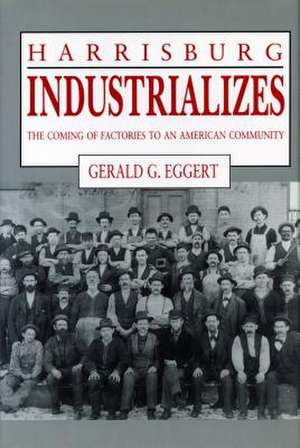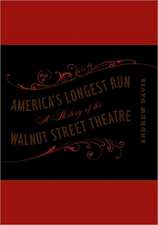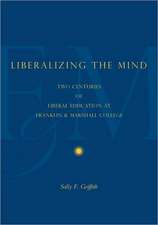Harrisburg Industrializes – The Coming of Factories to an American Community
Autor Gerald G. Eggerten Limba Engleză Paperback – 14 sep 1992
Preț: 291.98 lei
Nou
Puncte Express: 438
Preț estimativ în valută:
55.87€ • 59.74$ • 46.58£
55.87€ • 59.74$ • 46.58£
Carte tipărită la comandă
Livrare economică 17 aprilie-01 mai
Preluare comenzi: 021 569.72.76
Specificații
ISBN-13: 9780271030708
ISBN-10: 0271030704
Pagini: 432
Dimensiuni: 152 x 229 x 30 mm
Greutate: 0.63 kg
Editura: Penn State University
Locul publicării:United States
ISBN-10: 0271030704
Pagini: 432
Dimensiuni: 152 x 229 x 30 mm
Greutate: 0.63 kg
Editura: Penn State University
Locul publicării:United States














